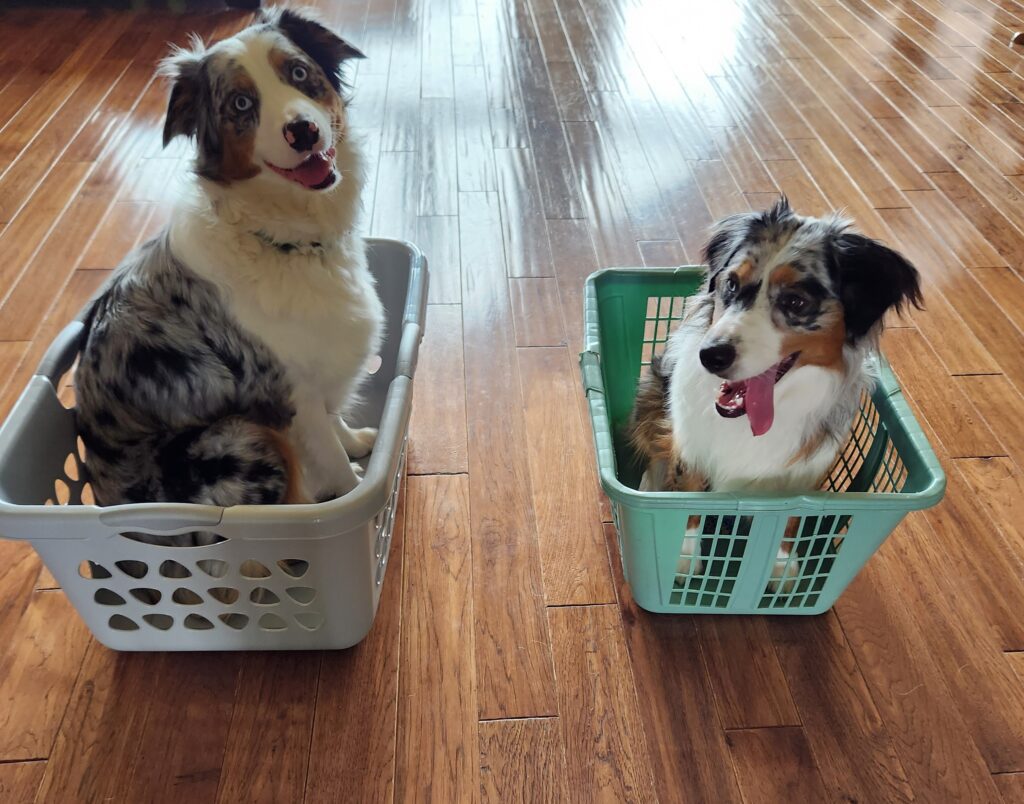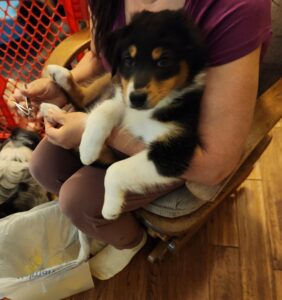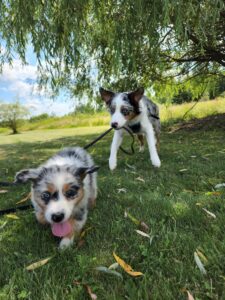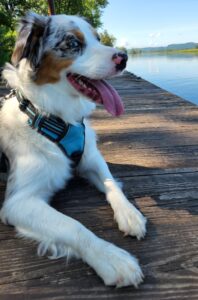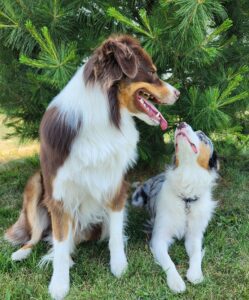Training your dog is not just about teaching them commands; it’s about building a strong bond and fostering mutual understanding. Effective training enhances communication between you and your companion, ensuring a harmonious relationship based on trust and respect. From basic obedience to advanced tricks, every training session presents an opportunity to deepen the connection with your dog while helping them become well-adjusted, confident, and obedient. In this article, we’ll explore essential tips and techniques to optimize your training sessions and achieve meaningful results.
Effective Communication with Your Dog
To ensure clear communication with your companion, it’s vital to pay attention to more than just the words you use. Dogs are highly attuned to your body language, gestures, and tone of voice, so ensure that all your signals align to prevent confusion. For instance, if you ask your dog to stay but then take a step back, don’t be surprised if they get up to follow you. Practice the three Ds of duration, distance, and distraction. Additionally, avoid hovering over your dog or invading their personal space, as this can lead to stress and disengagement, especially in shy or anxious dogs.
Remain Positive
It can be frustrating when your dog makes mistakes, but it’s crucial to keep a positive demeanor throughout the process. Dogs are adept at sensing human emotions, so displaying frustration or anger can hinder their learning. Even if your dog appears stubborn or unresponsive, they may be reacting to your negative mood. Watch out for signs such as yawning, avoiding eye contact, or sniffing the ground, which indicate disinterest. If you notice these behaviors, assess your own emotions and adjust accordingly. If needed, take a break and resume training when you’re feeling more patient and optimistic.
Tailor the Reward to the Task
The effectiveness of a reward hinges on its appeal to your dog. While your dog may adore cheese, rewarding them with kibble could diminish their performance. Identify your dog’s favorite incentives and establish a reward hierarchy. Reserve top-tier rewards for challenging tasks, reserving lower-tier rewards for mastered behaviors. Additionally, consider incorporating life rewards such as walks or affectionate gestures.
Rest assured, you won’t need to offer rewards indefinitely. During the initial stages of learning, consistent reinforcement is crucial. However, as your dog becomes proficient, gradually decrease the frequency of rewards until they receive them sporadically.
Be Liberal with Rewards
When training your dog, it’s essential to be generous and frequent with rewards. Some people are hesitant to offer rewards or rely solely on verbal praise, but would you continue working without a paycheck? Behaviors that are rewarded are more likely to be repeated, so don’t skimp on treats, praise, playtime, or any other form of reward. This approach fosters a positive association with training and reinforces your dog’s willingness to listen to you.
Additionally, prompt reward delivery is crucial. Delayed rewards can confuse your dog about which behavior is being reinforced or cause them to lose interest and seek their own rewards. Utilizing a marker like a clicker or a verbal cue such as “yes” can help bridge the gap between your dog’s action and the reward, but speed is key to reinforcement effectiveness.
Consistency in Cues
Keeping your cues distinct is crucial for effective training. If you use similar-sounding words or gestures for different behaviors, your dog may struggle to differentiate between them. Remember, you can assign any word or gesture to a behavior, but ensure that each cue is unique to avoid confusion. Consistency in cues facilitates better understanding and response from your dog.
Generalizing Cues
Dogs struggle with generalization, implying that if you teach your dog to sit in the living room, they may only associate the cue with sitting in that specific area. To ensure your dog understands commands in various environments, it’s essential to train them in different locations. Returning to basic training principles whenever you transition to a new setting prevents confusion or frustration for your dog. Similarly, address each aspect of the three Ds—distance, duration, and distraction—individually before combining them to reinforce the behavior, a process known as proofing.
Avoiding Cue Repeating and Poisoning
The temptation to repeat a command when your dog doesn’t respond immediately can be strong. However, this habit can lead to what’s known as cue nagging, where your dog learns that they don’t need to listen the first time. In fact, they may even interpret the command as a repetitive noise rather than a meaningful instruction. To ensure your dog responds promptly, first grab their attention with their name or a cue like “watch me.” If your dog is too distracted to obey, refrain from using the command and find an alternative way to communicate your expectations.
Equally crucial is avoiding the poisoning of cues, where a command becomes associated with something negative. This often occurs with commands like “come,” which may precede actions your dog dislikes, such as leaving the park or undergoing nail trimming. When a command signals the end of enjoyment or the start of an unpleasant activity, your dog may become reluctant to respond to it. Instead, employ different techniques, such as using treats to lure your dog or gently guiding them with a leash, to accomplish tasks they may find unpleasant, like bathing.
Consistent Practice
Dogs benefit from regular training sessions to reinforce their skills. Many dog owners attend training classes but overlook the importance of practicing at home. You don’t need to dedicate an hour each day; short sessions of five to 10 minutes are usually enough. Integrating training into your daily activities is even more effective. For instance, before heading out for a walk, ask your dog to sit or lie down. Similarly, incorporate tricks like shaking a paw before mealtime.
Conclusion
Training your dog should continue even after he’s mastered a behavior. Regular practice keeps their skills sharp and provides mental stimulation and physical exercise. Moreover, making training enjoyable strengthens the bond between you and your companion.
Training your dog is an ongoing process that requires patience, consistency, and positivity. By understanding your dog’s needs, preferences, and learning style, you can create a training routine that is both effective and enjoyable for both of you. Remember, every interaction with your dog is an opportunity for learning and growth. Whether you’re teaching them a new trick or reinforcing good behavior, approach each training session with enthusiasm and encouragement. With dedication and love, you can build a strong foundation of trust and communication that will last a lifetime.

